A long time ago, I learned something from a pro photographer that changed my way of seeing things forever. What I am about to tell you may affect you as a photographer and help your photographs stand out.
The pro taught me about the power of shapes in photographs. Geometrical shapes have been the staple of master paintings for a very long time so why couldn’t we apply what great visual art creatives have been successfully using for centuries? Just enter “geometric shapes and master painters” in Google and have a look at the results in the “Images” tab.
How can this be applied to your photographs?
Nature provides us with a myriad of shapes; we just need to see them. Circles, triangles, squares, rectangles are all around us. The possibility of including them in a photographic composition brings, in my opinion, an interesting visual appeal to the image. Now every time I look at a scene while we are travelling, I am aware of the power of shapes and I try to include them in my composition. Now this does not preclude me from creating an image devoid of shapes, but I have raised my level of awareness of what is around me.
Let’s look at a few images where triangles play a role:
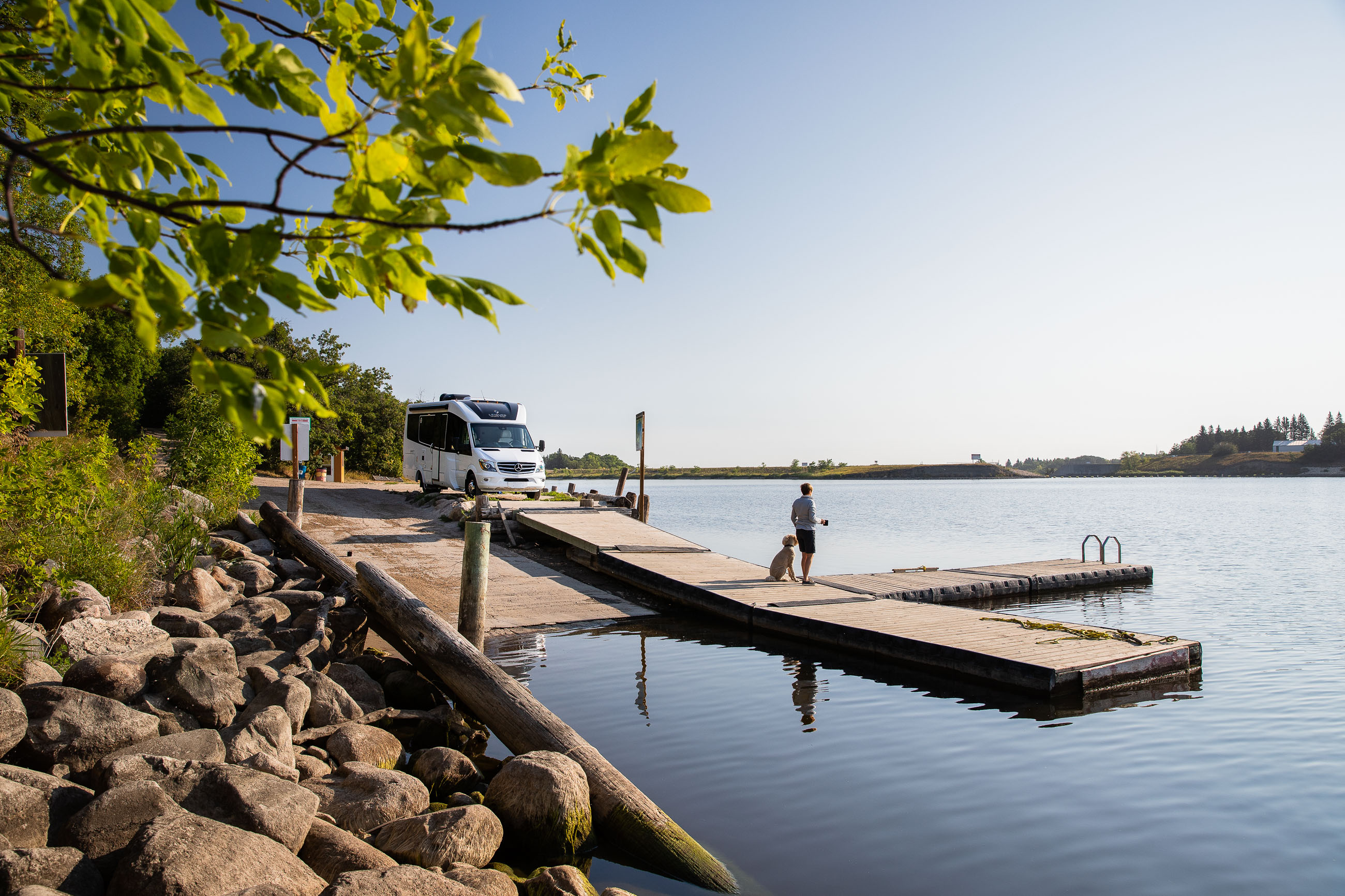

Triangles exist in our environment as a natural extension of perspectives. But sometimes they are a result of human intervention like the docks in figure A or the ramp and dock in figure B.
But sometimes the triangle is a result of the way the shot is composed, or how the objects or people in the image are disposed.


Here’s another example where a few shapes inspired me to compose the image in the following manner.

The tree to the left, the motorhome and the shelter’s canopy on the right offer three distinct shapes. You can also see Fremont Island in the distance and the story is told and the shapes bring an extra ingredient to the image. In my opinion, (taste is subjective to a degree) this is a much stronger and amusing image to look at compared to the two images below taken from the same area. The standalone image of Fremont Island is fine artistically but does not tell the story as well as the image above does. The picture of the motorhome on the left could have been taken anywhere.

Nature’s multiples shapes
This next image was taken in Yellowstone National Park (it now hangs in our house in a 24×40 in. size print). I was immediately attracted by the semi-circular shape created by the trees with the help of the water’s reflection. The river’s shorelines lead directly to the point of interest thus creating a nice triangle. Can you see other shapes in this image?
Work the scene
Try different angles, look behind you, left and right. If something made you stop there, then there is something there. Will you see it immediately? Maybe, then maybe not. Your job is to find it. Below are two images I made minutes prior to the one above. Nice scenery but nothing to hang on my wall. Memory is inexpensive so taking multiple images from different angles and f stops will help you decide which has the best result for the image. Then I suggest you put your camera on a tripod (yes, even your phone) to take the final image. Sharp images are a result of good focus, a steady camera, and sharpening in your preferred image editor. (More on this extremely important step in an upcoming post).
Patterns
Although the use of patterns can be a part of a “rules of composition’ chapter, I believe they can easily be part of the subject of this post. Patterns are made of repetitive shapes, A series of lines, circles, squares or complex shapes can create a visually interesting image and I always keep an eye out for them. Patterns are fun!
Here are a few examples where patterns help create interesting images.

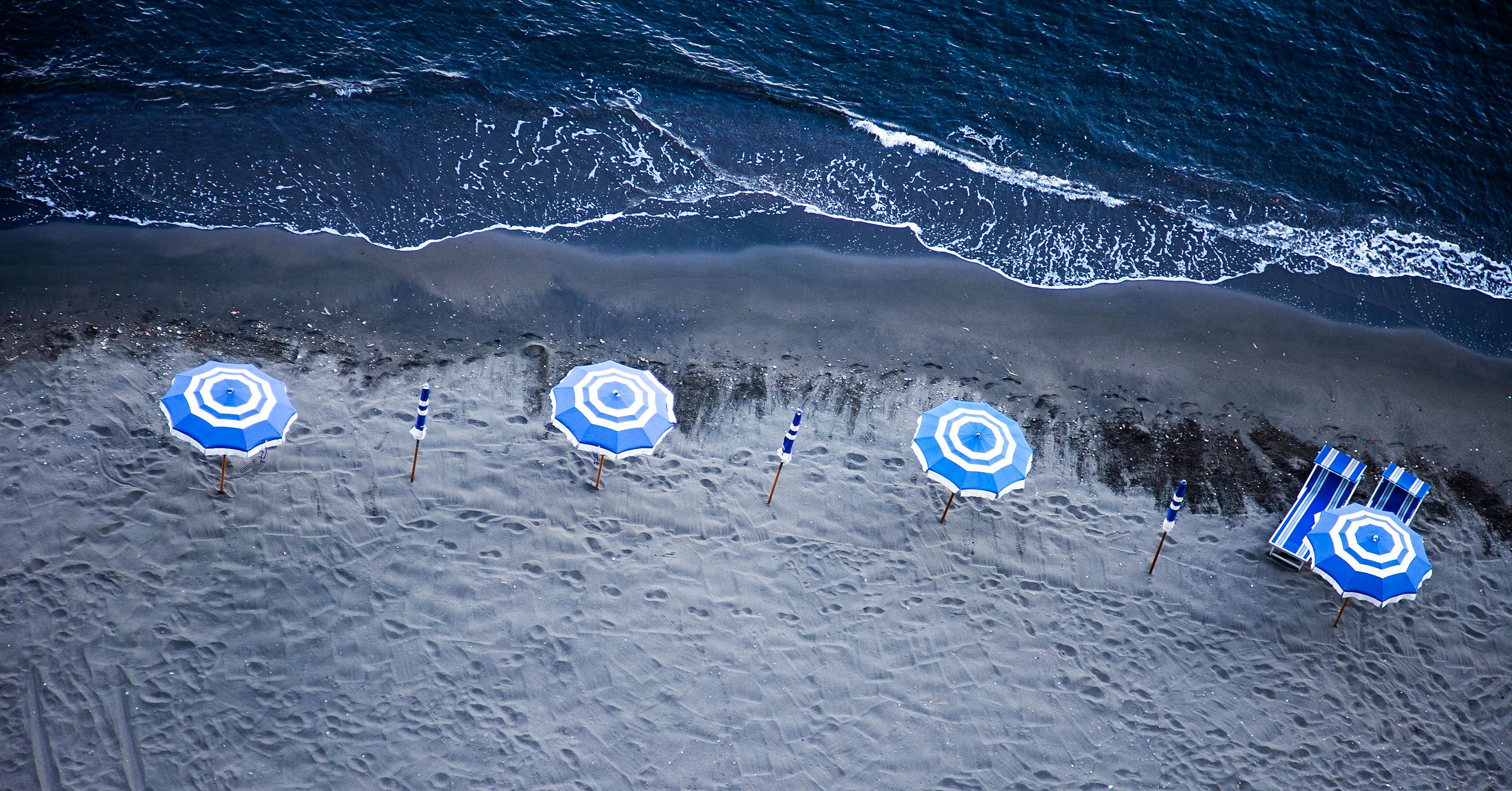
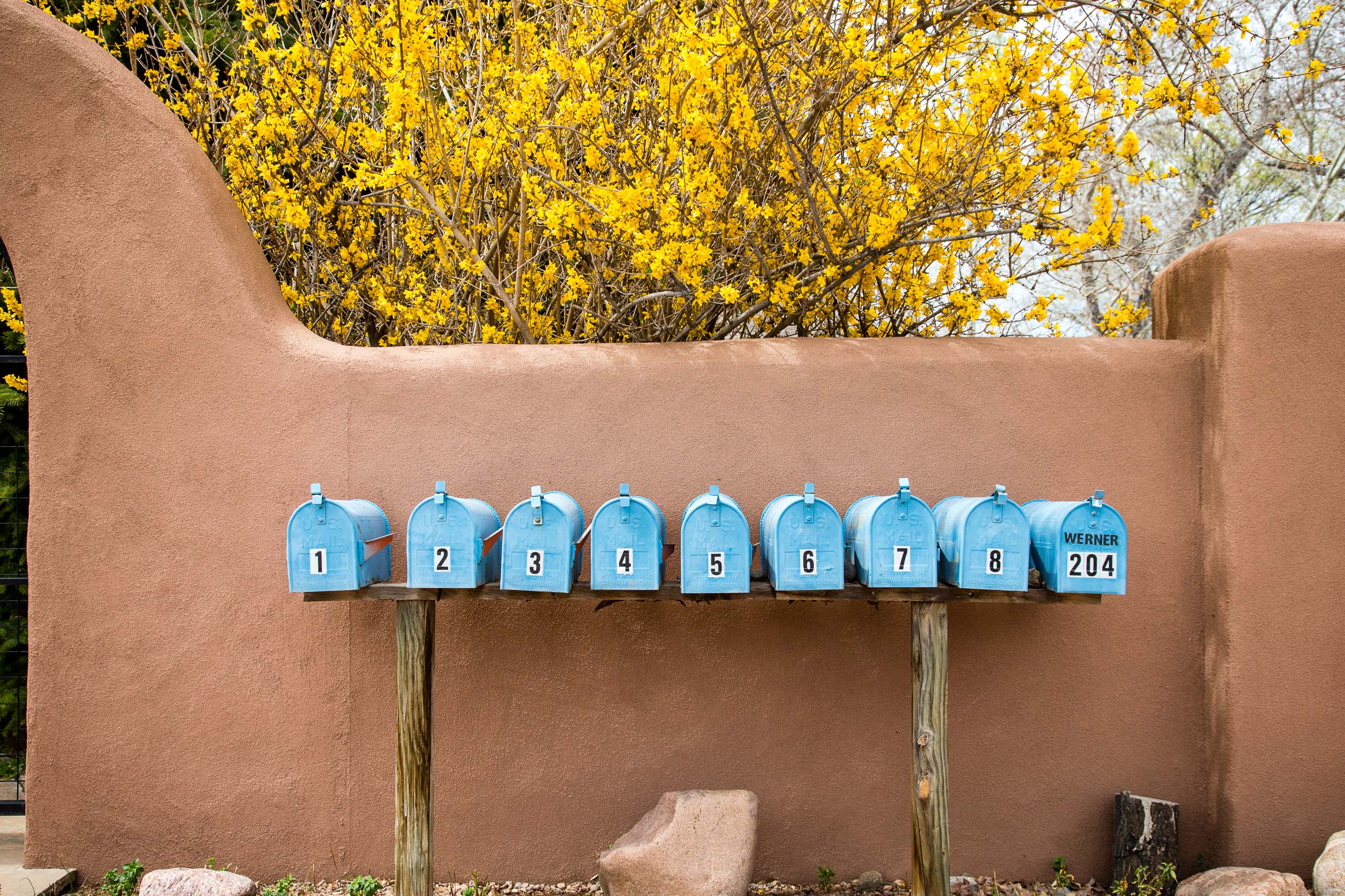
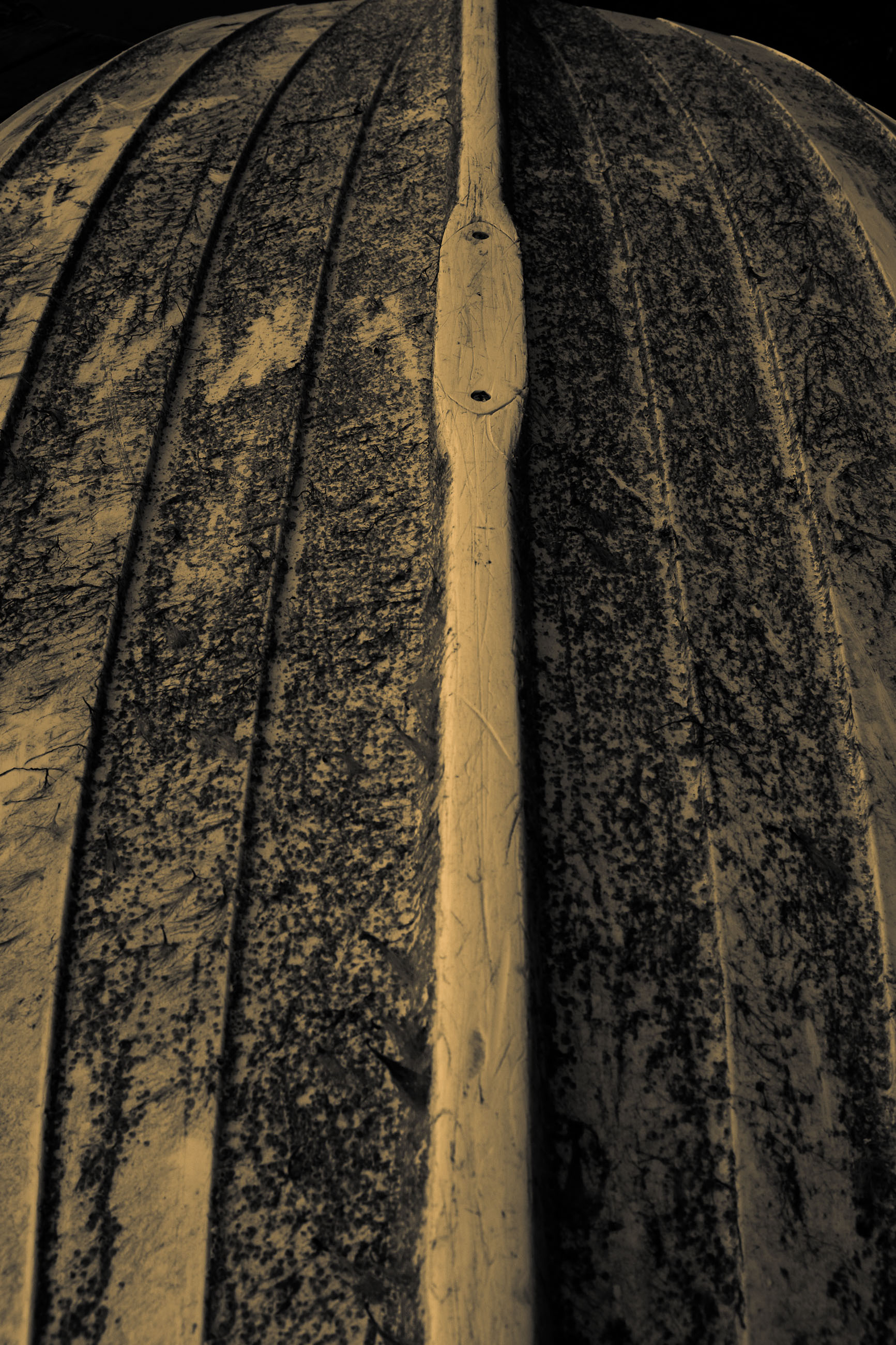
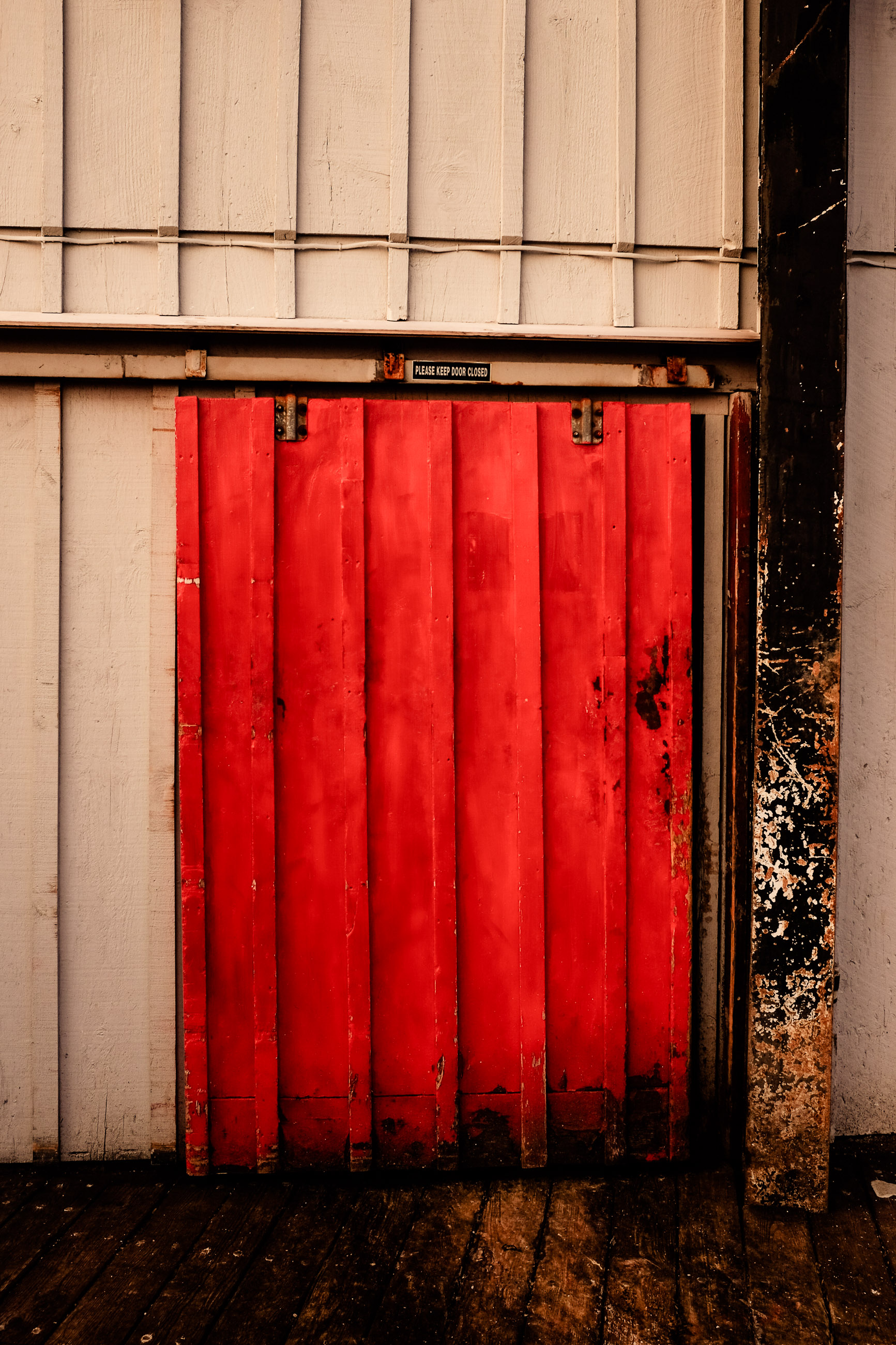
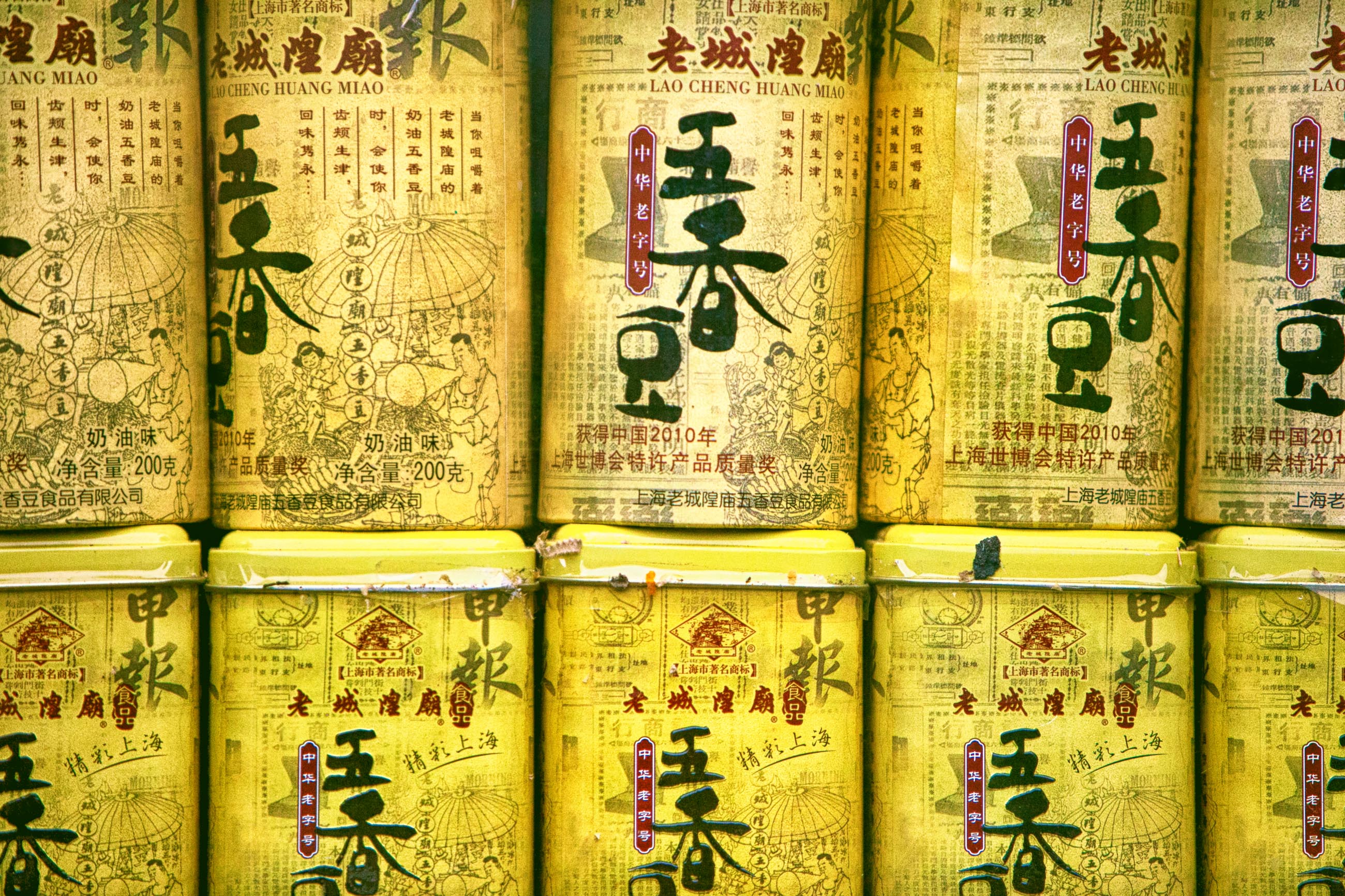
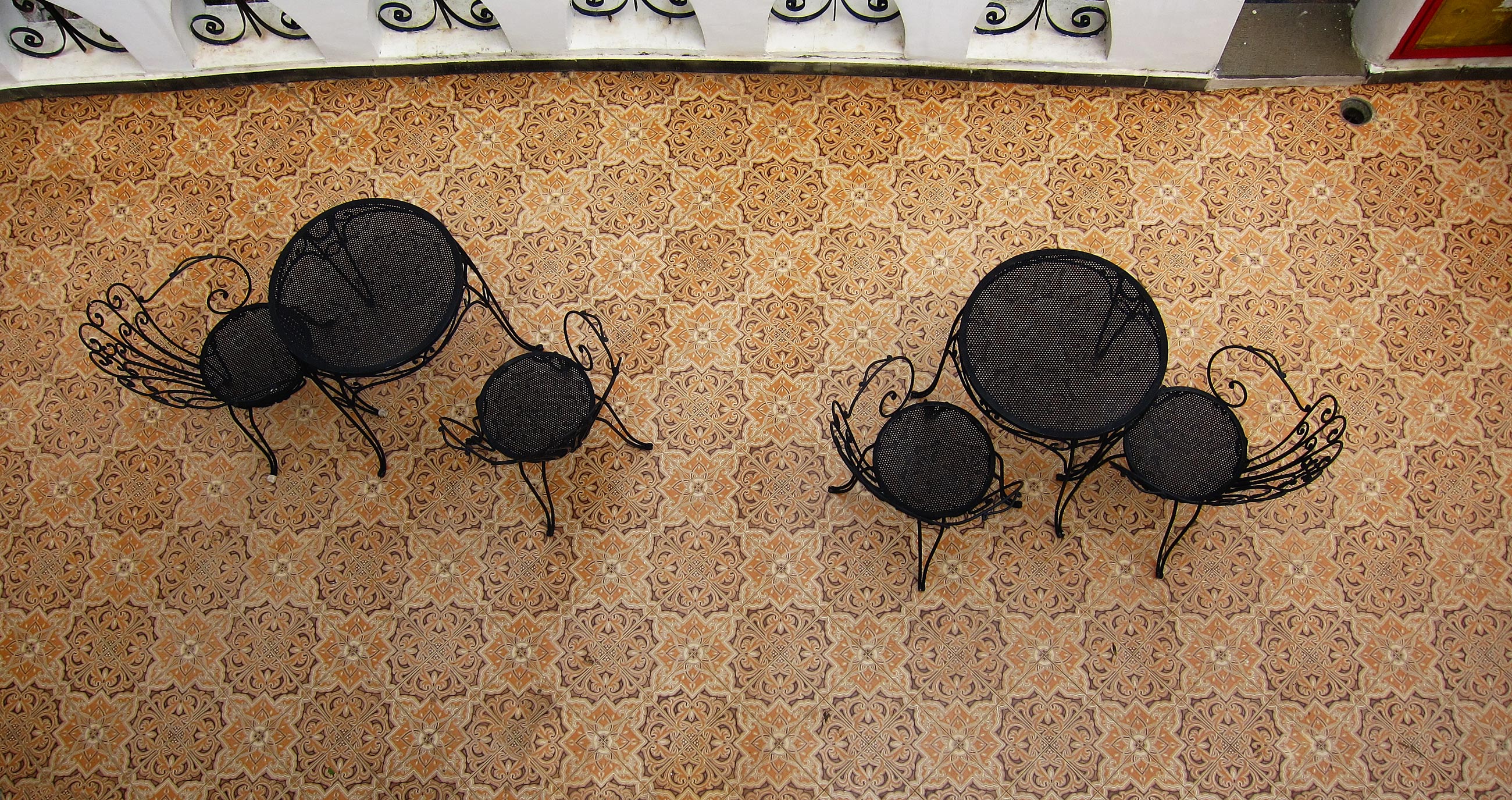
Here’s the thing about patterns. When concentrating on the shapes alone, you may lose a sense of place and your image becomes an artistic statement (a bit like a still life image), and there’s nothing wrong with that. For example, in the Italian bistro image above, I included the terrace rail to give the image a certain sense of place (although if you can tell it was shot in Italy, step up to the front of the class). The image may be cropped to exclude the railing and it becomes a different image.
Final thoughts
There are many factors that help us create impactful images. Timing is key when great light is involved. Interesting scenery and people bring life to an image. However, to create interesting images, we must observe and SEE what is around us. But it is the WAY you see things that will make the difference. Hopefully, this article will have provided you with an extra degree of awareness of what is around you, not only the scenery but what shapes and patterns exist in it. Exercise your eye to see your surroundings in a different way.
Recently Joanne and I were walking the dog in our neighborhood, and I stopped and made a photograph with my phone. When we got home, I showed her the image I took and she said, “this is beautiful, where was this taken?”. “During our walk a few minutes ago,” I replied. She had not seen what I had seen. I look at my surroundings and I am always trying to see interesting scenes, shapes, and patterns. Who knows, perhaps my best photograph ever will be the one I will make tomorrow.



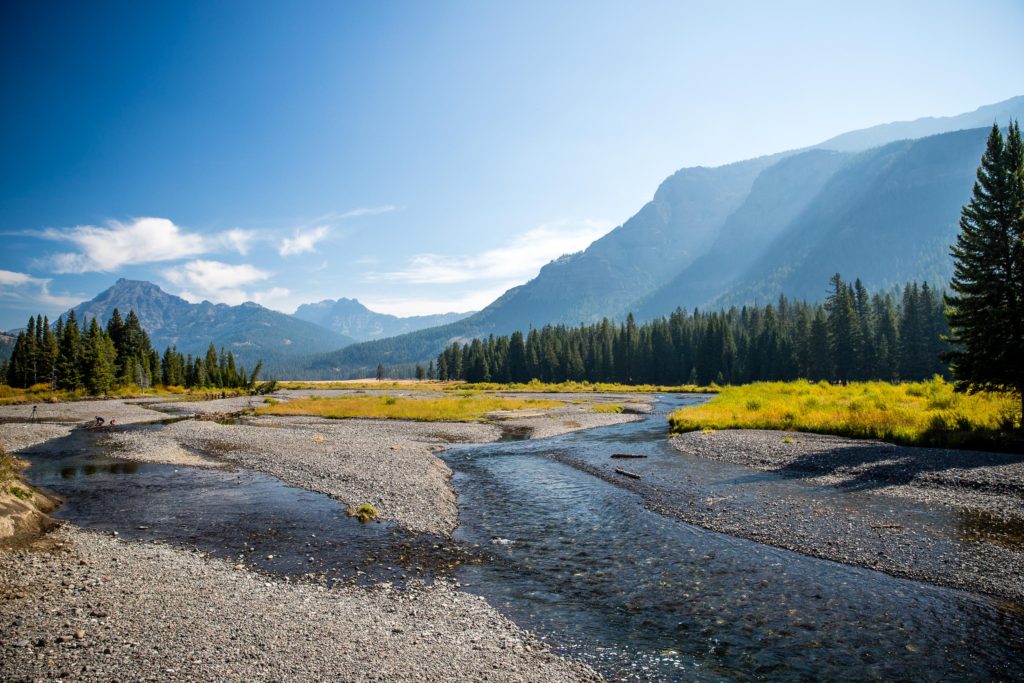
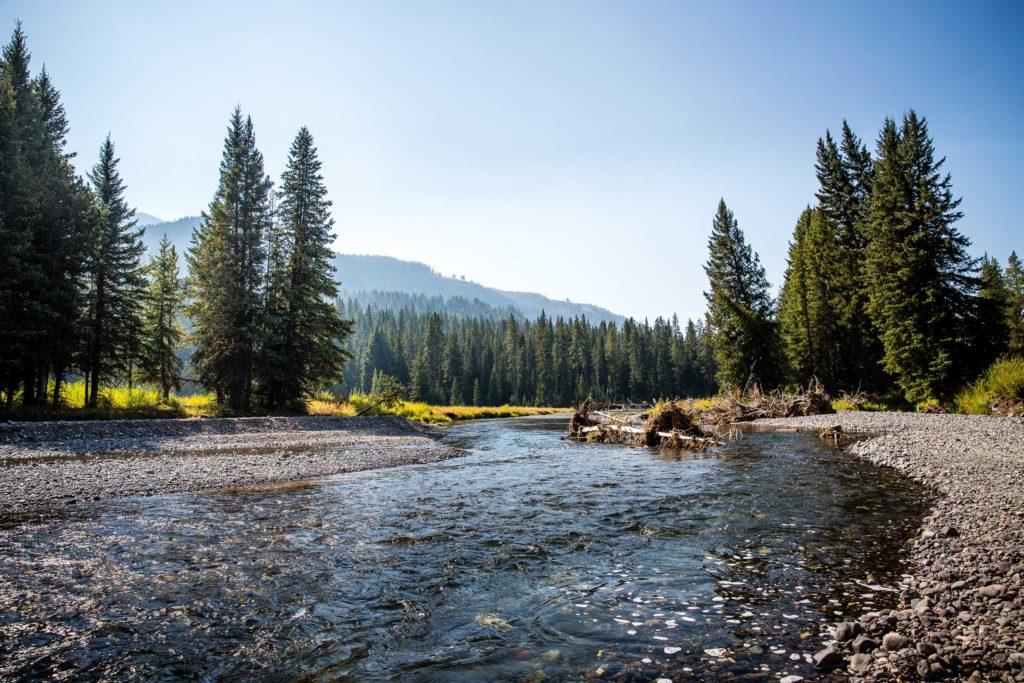
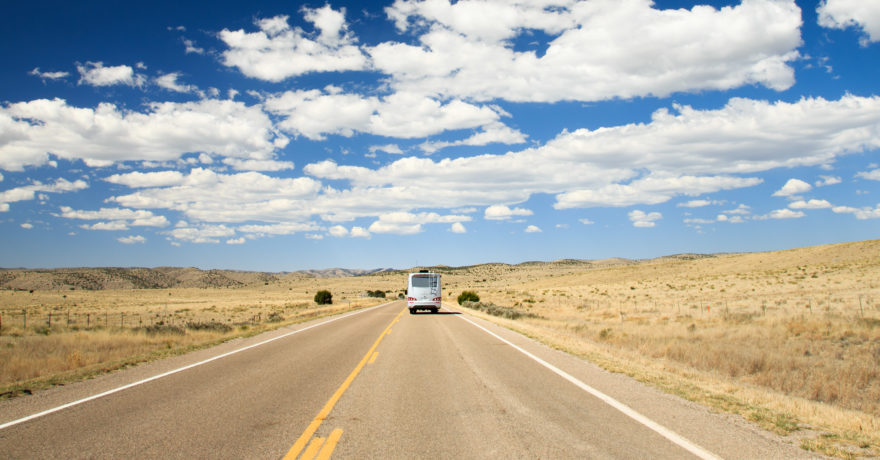
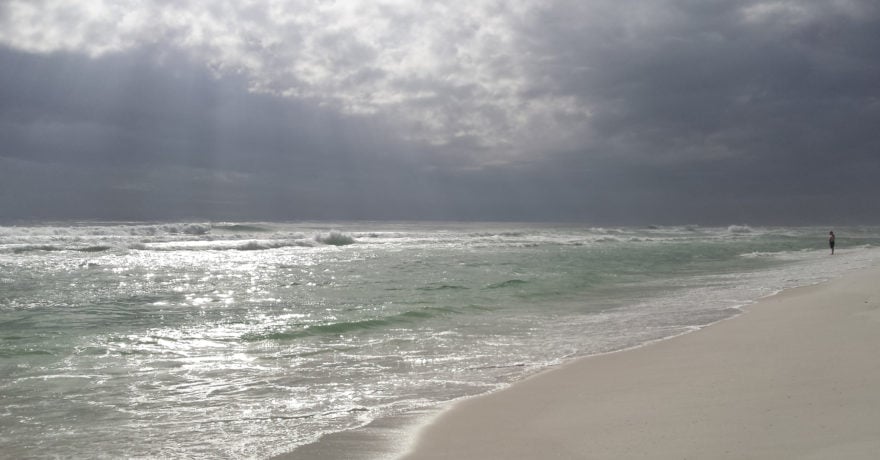
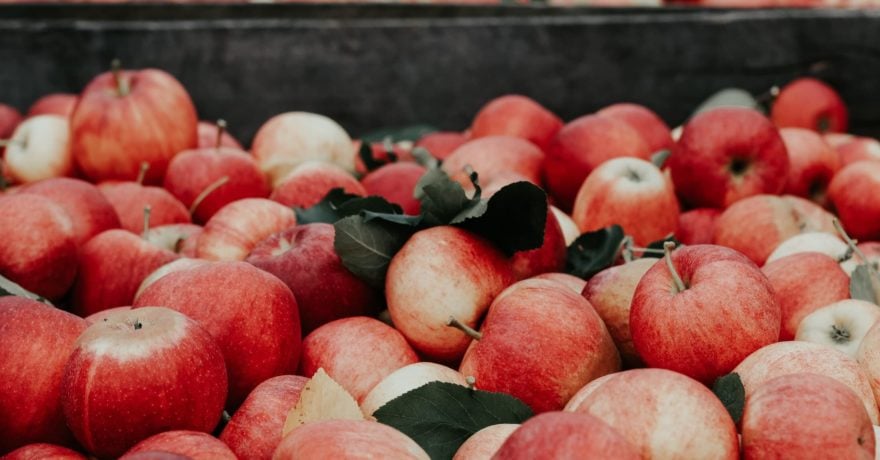
Comments